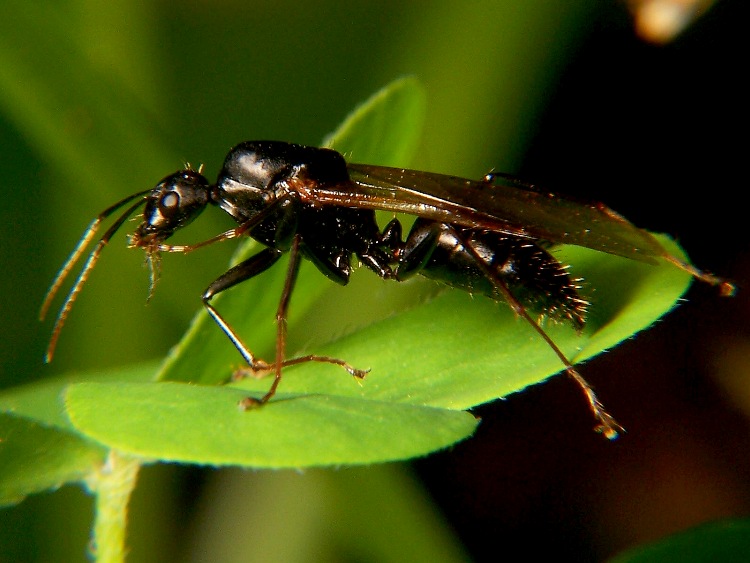This lovely lavender blossom is of a plant known as Chicory, originally a native of Europe, which was brought to the United States as a coffee substitute and medicinal potherb. Chicory coffee? Down at the local coffee shop today, you'll have to choose between coffee beans grown in Columbia or Costa Rica, Kenya or Guatamala, Mexico or Peru. Ask for a cup of chicory root and you'll probably have a pretty confused waiter!
But once Midland, Michigan was known as the "Center of America's Chicory Field." Roasted and ground chicory roots were first used as a coffee substitute in Germany in the 1770s, though it has been grown as a medicinal herb for roughly 5,000 years. The Coffee Book, by Dawn Campbell and Judith Smith states: "Kaffee Ersatz was much in use during WWI and II when coffee was hard to come by and not affordable. Chicory's ability to blend well with coffee, tea leaves, or herbs has long been known."
In 1926, a local newspaper bragged about Midland County's place in the chicory-growing industry in its book, The Midland Sun, Second Development Edition. It said: "Few people, even in Midland, realize that all the chicory used in the entire United States is raised in Michigan, in fact, in Midland county and tributary territory. Formerly vast quantities of this root, which is used so extensively...as an addition to coffee, was not grown profitably anywhere in the United States, and practically all imported from Europe. Then somebody discovered that the soil in Midland and nearby counties was peculiarly adapted to the raising of this root. In fact, nowhere else in the whole country are conditions so favorable..."
 Chicory coffee was grown, processed and sold in Midland by the Franck Chicory Company, who owned kilns to roast the root in Bay City, Pinconning, Midland and Kawkawlin. In fact, a 1922 edition of The Midland Sun, stated that it wasn't unusual for area farmers to earn $100 per acre when growing chicory in their fields. The root was harvested in a similar fashion to sugar beets.
Chicory coffee was grown, processed and sold in Midland by the Franck Chicory Company, who owned kilns to roast the root in Bay City, Pinconning, Midland and Kawkawlin. In fact, a 1922 edition of The Midland Sun, stated that it wasn't unusual for area farmers to earn $100 per acre when growing chicory in their fields. The root was harvested in a similar fashion to sugar beets. In spite of its success, producing chicory coffee in mid-Michigan came to an end after World War II as affordable coffee beans were shipped from Central and South America. Today, most cultivated chicory is grown in France and South Africa. In the United States, the French culture of New Orleans and rural Louisiana stubbornly stuck with the tradition and it lives on with companies such as the Orleans Coffee Exchange.
So as you fill up your morning cup of coffee, pause for a moment to consider where it comes from. What environmental price do we pay for those beans that are grown in the tropics and shipped halfway across the world? What other habits do we cling to that may have more sustainable, home-grown alternatives? As you drive those country roads, take a moment to consider those pretty blue flowers and the amazing story they have to tell.




